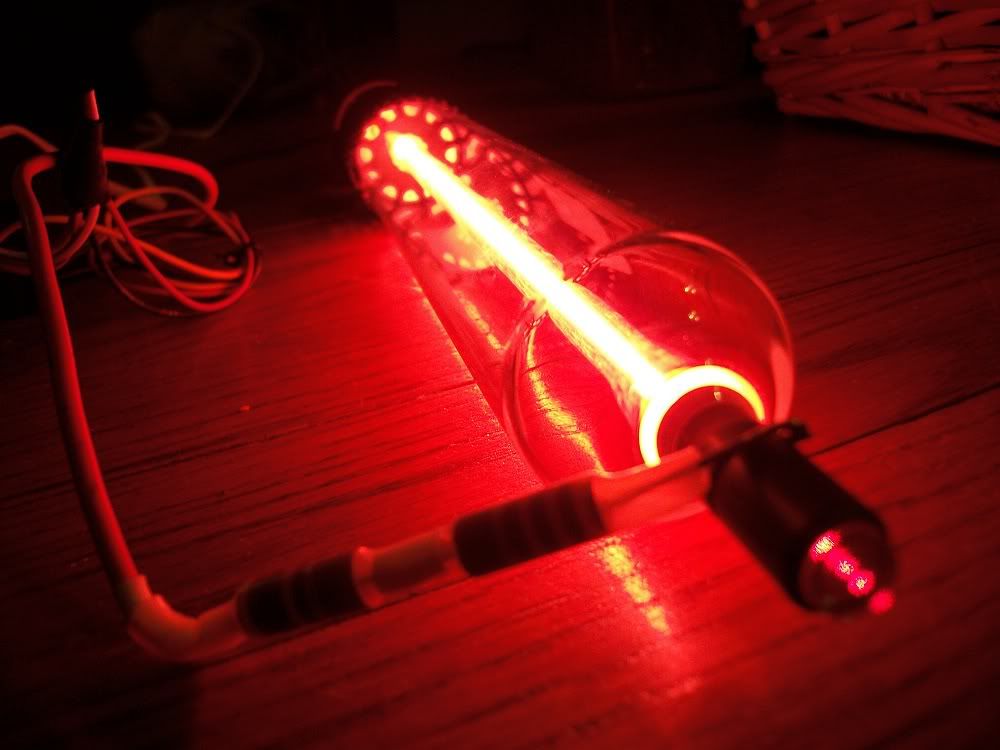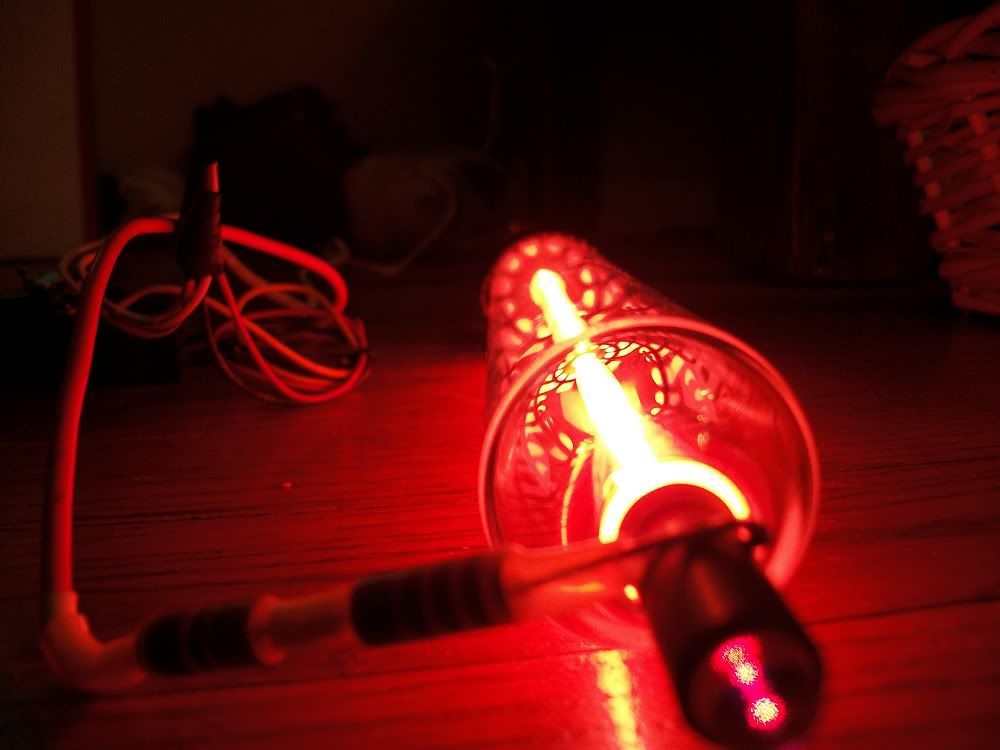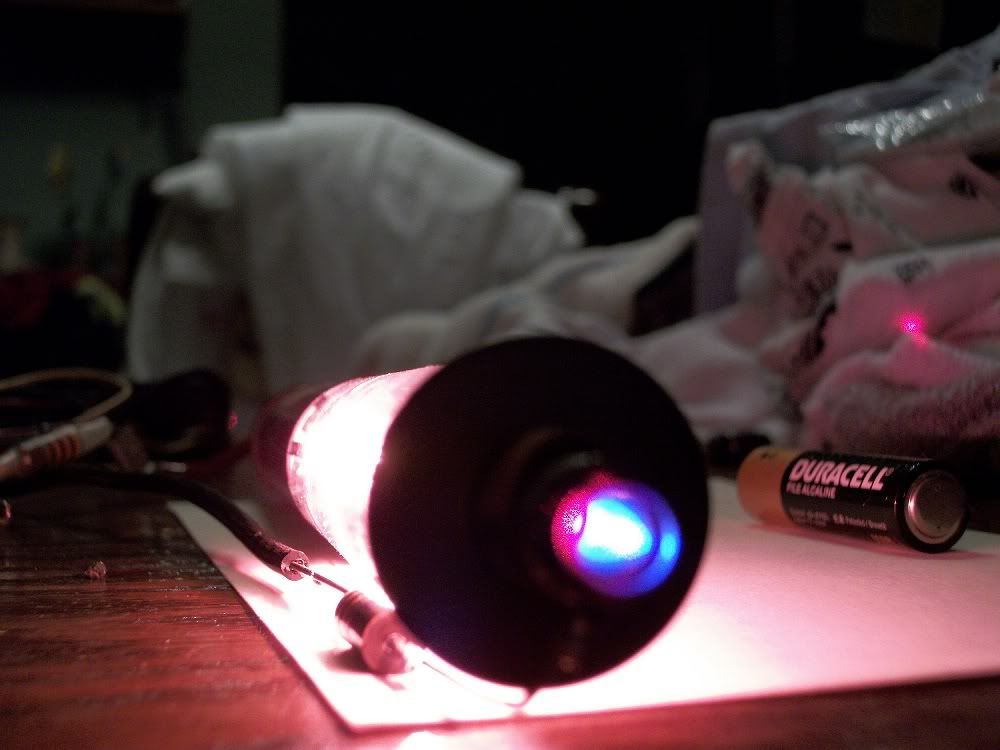- Joined
- Oct 24, 2009
- Messages
- 2,738
- Points
- 63
Ruby, Yag, Etc... are all referred to as "solid state lasers" I do believe.
Even a green KTP laser is called DPSS Diode Pumped Solid State laser.
Even a green KTP laser is called DPSS Diode Pumped Solid State laser.








